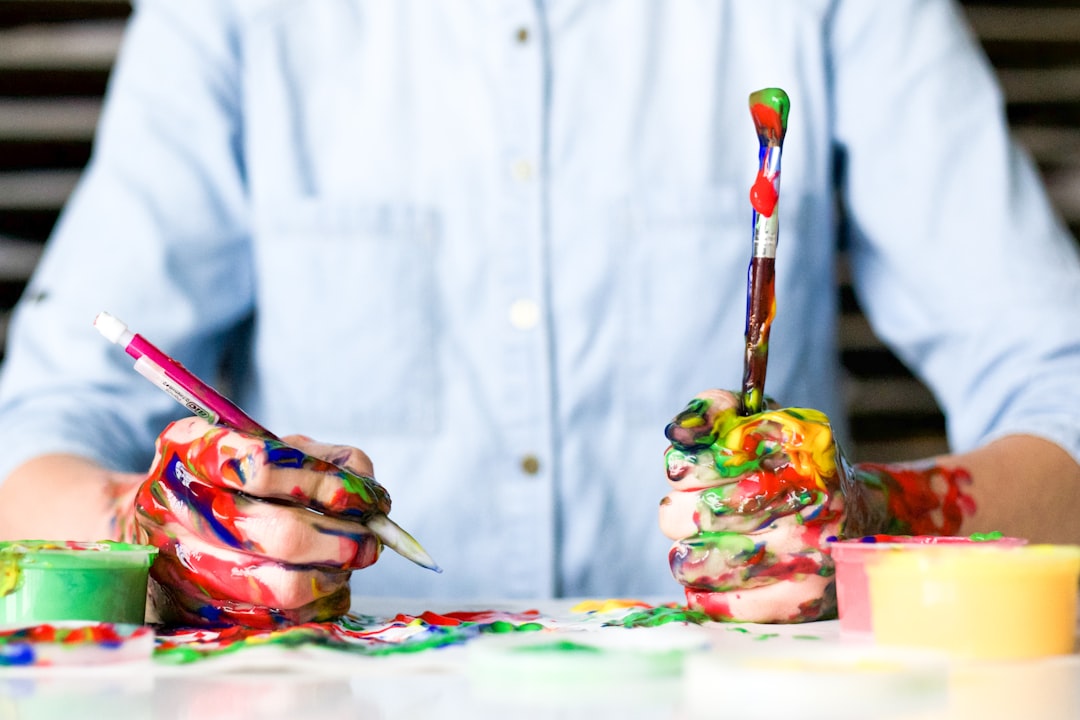The history of street art culture can be traced back to ancient times when early humans painted on cave walls. However, the modern street art movement as we know it today has its roots in the graffiti culture of the 1970s in New York City.
Graffiti emerged as a form of expression for marginalized communities, particularly African American and Latino youths living in inner-city neighborhoods. These youths used spray paint and markers to leave their mark on urban spaces, often in defiance of authority and social norms.
One of the pioneers of this early graffiti culture was Darryl “Cornbread” McCray, who started tagging his nickname around Philadelphia in the late 1960s. His bold and colorful tags set the stage for what was to come in the world of street art.
In the early 1970s, graffiti started to spread to other cities, most notably New York City. The uptick in graffiti coincided with the city’s economic downturn, which led to an increase in crime and a general sense of urban decay. The subway system in New York became a prime target for graffiti artists, who saw the trains as moving canvases that would showcase their work to a wide audience.
Artists like Taki 183, who left his mark on subway cars and stations all over New York, became household names in the graffiti world. Taki 183’s tags inspired a generation of graffiti artists to make their mark on the city.
The 1980s saw the rise of street art as a legitimate art form, rather than just a form of vandalism. Artists like Jean-Michel Basquiat and Keith Haring gained notoriety for their street-inspired artworks that blended graffiti with traditional art forms.
Basquiat, a former graffiti artist himself, gained fame for his neo-expressionist paintings that referenced street culture and social issues. Haring, on the other hand, used his iconic figures and bold lines to create public murals that spoke to the struggles of the marginalized communities he belonged to.
As street art became more popular, artists started to move their work from the streets to galleries and museums. Shows like the “Art in the Streets” exhibition at the Museum of Contemporary Art in Los Angeles in 2011 showcased the work of street artists from around the world in a museum setting.
The democratization of art through street art has allowed artists to reach a wider audience and challenge traditional notions of what constitutes art. Street art has become a powerful tool for social and political commentary, as artists use their work to address issues like gentrification, police brutality, and environmental degradation.
One of the most famous street artists of our time is Banksy, whose politically charged murals have made him a household name around the world. Banksy’s identity remains a mystery, adding an element of intrigue to his often controversial work.
Banksy’s work often critiques the social and political status quo, using humor and irony to make his point. His pieces, like the iconic “Girl with a Balloon” or the “Flower Thrower,” have become symbols of resistance and hope in a world filled with injustice.
The rise of social media has also played a significant role in the evolution of street art culture. Platforms like Instagram have allowed artists to share their work with a global audience, gaining recognition and support in ways that were not possible before.
Street art has also become a tool for activism, with artists using their work to raise awareness of social issues and spark conversations about change. Murals that honor the lives of Black Americans killed by police violence, like the George Floyd mural in Minneapolis, have become rallying points for the Black Lives Matter movement.
In recent years, street art festivals and events have become popular around the world, attracting artists and art enthusiasts from all walks of life. These festivals bring artists together to collaborate and create vibrant murals that transform public spaces into living galleries.
The history of street art culture is a testament to the power of art to challenge the status quo, inspire change, and unite communities. From its humble beginnings in the graffiti-covered streets of New York City to its global influence today, street art continues to push boundaries and break down barriers in the art world and beyond.

